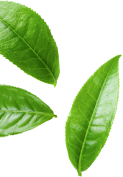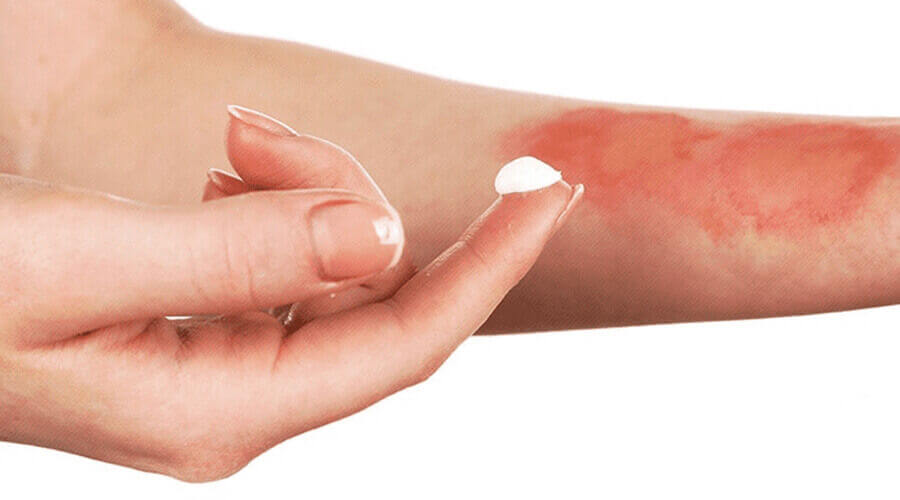



You can get a minor burn almost anytime in the kitchen.
But what is a burn?
A burn is the result of an impact on the body surface that is much hotter than body temperature. It can be liquid, steam, flame, etc.
Burn injuries can be classified into four degrees according to the involvement of the outer covering. Its severity is determined by the affected surface, degree of burn and age.
Symptoms of burns
-skin redness
-skin tension
-skin pain
-blistered skin surface
-reddish marbled skin surface
-vesicular wound surface
-white wound surface
-dirty gray wound surface
-painless wound
-charring of skin tissues
Degrees of burn injury
Primary:
In the case of a first-degree burn, only the topmost layer of the skin, the epidermis, is damaged. The burned area is red, the skin is tight, smooth and very painful. The most common first-degree burns include burns caused by the sun and tanning beds.
Secondary:
Second-degree burns damage all layers of the epidermis and several layers of the dermis.
Superficial quadratic:
Superficial second-degree burns penetrate to the upper layer of the dermis. Their surface is wet, blistered and very painful. It is characterized by its reddish-pink marbling, which turns white under pressure. At this level, the cream can be effective even for blister burns, but above that it is not really recommended.
Deep secondary:
Second-degree burns affect both layers of the dermis. The wound surface is white and blistered. If the formed blisters are ruptured, the blood plasma that flows out of them can become infected and fester. The pain is intense.
Tertiary:
In addition to complete damage to the epidermis and dermis, the subcutaneous connective tissue is also affected. The surface is dirty gray or very pale, charcoal, parchment-like, the picture is dominated by tissue death. The wound is painless because the nerve endings in the area have died.
Quaternary:
The tissues are charred. Subcutaneous connective tissue, muscle tissue and bone tissue are burned. Its surface is no different from a third-degree burn.
Healing of burns
First-degree injuries usually heal within 7 days, while superficial forms of second-degree burns heal within about two weeks, without leaving behind a significant scar.
In the case of deep second- and third-degree injuries, recovery may take up to 4 weeks. Healing is often influenced by the condition of the affected organs.
Healing the burn with an ointment
Ointments recommended to be used only in case of first or mild second degree injuries. If we have cooled the wound, we can apply some kind of cream. Most of these creams help prevent infections and peeling.
Instead of creams with an artificial composition, we can confidently use herbal ointments. You can consider aloe vera for burns, calendula cream for burns, nettle and St. John’s wort can also be good for burns.
Calendula cream is one of the best ointment for burn skin treatment and it is very popular due to its wound-healing effect. It helps not only in healing wounds, but also in the treatment of scars. Due to its high content of active ingredients, the improvement can be felt even within days. So, in the case of milder degrees, the burn can be treated with an ointment.
It is important that the use of creams is no longer enough for a deep second-degree injury! In this case, consult a doctor immediately!






HillVital balms are your reliable support for an active life, crafted from natural ingredients!